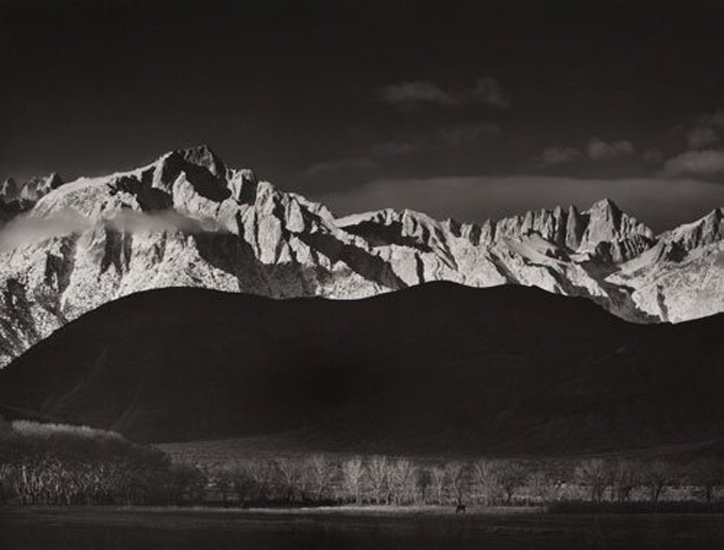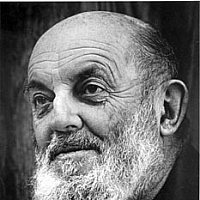
Oklahoma City Museum of Art 415 Couch Drive OK73102 Oklahoma City États-Unis
Organized by the Museum of Photographic Arts, San Diego, Ansel Adams: An American Perspective will feature nearly sixty photographs and include examples of Adams’ work from 1920-1965. Ansel Adams will include notable highlights from the photographer’s career such as Monolith the Face of Half Dome, Yosemite National Park (1927), Moonrise, Hernandez, New Mexico (1941), and Clearing Winter Storm, Yosemite Valley, California (1944).
Ansel Adams (1902-1984) was one of the most renowned photographers and respected environmentalists of the twentieth century. In his lifetime, he expanded the practice and appreciation of the art form as no other photographer has before or since. He made over 40,000 photographs, was a vital member of the Sierra Club, helped organize the first museum photography department at the Museum of Modern Art in New York, created the first academic photography department at the California School of Fine Arts (now the San Francisco Art Institute), and was awarded the Medal of Freedom in 1980 by President Jimmy Carter for his efforts as a “visionary and environmentalist.”
Through his efforts, Adams made photography a vocation as well as an avocation. He was the first photographer to “brand” himself successfully by developing name/image recognition. Through the marketing of his photographs, books, and workshops, he advanced the medium as an art so that more people expanded not only their own knowledge and practice of photography, but also their appreciation and concern for nature.
Ansel Adams: An American Perspective is an overview of Adams’ life from his early years when he discovered the beauty and solace of the American West with images of Sierra Nevada, Yosemite Valley, and Glacier National Park, to his portraits of close friends and fellow artists, and finally to his signature black-and-white photographs celebrated worldwide. The exhibition sheds light on the energy, intelligence, and risks he took in order to succeed as an artist, conservationist, and human being. It introduces lesser-known aspects of Adams’ work alongside his most celebrated images that, in the age of climate change and urban sprawl, continue to strike a chord in our collective awareness and satisfy our ideas of natural beauty.

